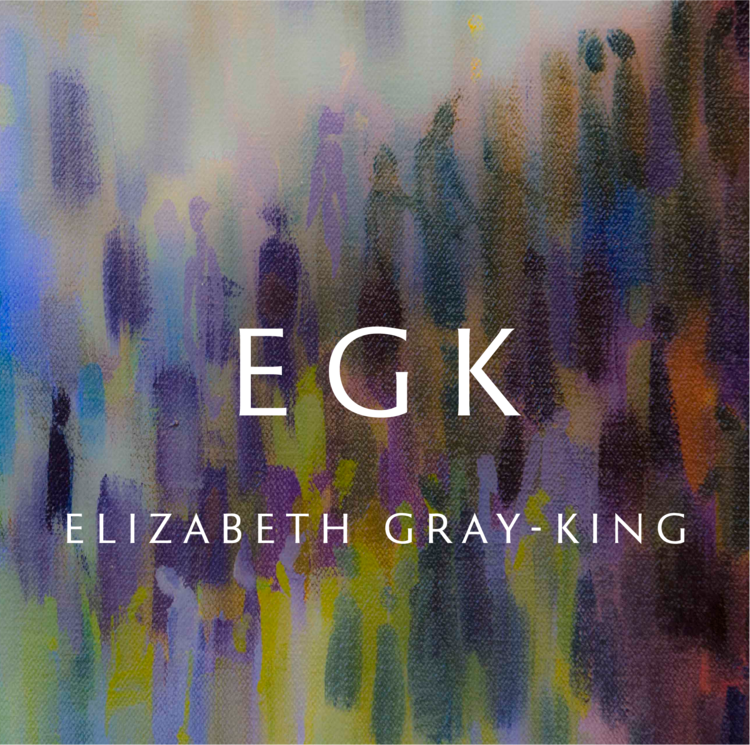Synod of Scotland
Annual Synod Meeting, March 2013
Background
I was asked by the Synod of Scotland to attend the full residential meeting and to capture what I heard, thought and felt during the meeting sessions in the main room. Sadly, I couldn’t be in smaller rooms, so there is something missing in what I could hear, but the smaller meetings contributed to the larger one. I set myself up at the back of the main meeting room in my usual L shape of folding tables with my pens laid out on one side of me with my pencils on the other. I set up my table sized drawing table and put my bag of paper to my side. Until this residency, I had always drawn a number of images based on sessions of discussion and expected to use a number of different papers depending on what I was hearing and how I wanted to present the output. My trusty erasers are always close, ready to rub out where I need to insert some light.
The experience
From the outset, this experience was new to me. I chose one piece of paper very carefully and began to lightly pencil in people as they arrived and chose seating and groups of people. I found that no matter how the sessions moved on, I couldn’t choose another piece of paper. The atmosphere around me was of camaraderie, joy, depth, connection. I couldn’t disconnect myself from the paper and put it aside any more than the people around me seemed able to disconnect from each other.
The output
I was delighted and quizzical with what I heard and saw emerging on my paper. As ever, I starting drawing people arriving at their tables and having conversations. As I noticed them, I noticed a candle set up for the front table. Then we heard the exodus story and the space became a desert with the cloud for day and pillar of light by night. I started to use two light sources – the candle in the room and the pillar of light in the ancient text – to throw light and shadow in the room. Each chair leg and structure has the competing shadows and light sources. This became a kind of metaphor for some strikingly held differences of opinion. I noted that as the days went on, the opinions were still there, but so were the people in the room. Like I couldn’t move to another piece of paper and therefore everything was on this one, so the people with varying mindsets chose to stay together. That was huge.
The carpet as map was because the focus of many smaller meetings was about mapping out a future for Synod work. My literal map became a handy tool to show varying directions of activity. What became a kind of orange Spruce Goose was a Holy Spirt dove space, holding a rich variety of mission activity in places from rural to city and everything in between. There is a little chapel village on the map, pegging the Spirit activity to the physicality of Church in Scotland. The cul-de-sac of blue and green was the focus on the green/blue effect of taking the environment seriously. As ever in URC meetings, there is a fling of orange and blue cards in the air over the people, demonstrating the tools of consensus decision making. People flow in and out of the conversations, sit, stand, speak, connect, move on.
Fundamentally, I was overwhelmed by the energy and connectedness and deeply touched by people’s capacity to stay together no matter what priorities they personally held. It was a privilege to witness this set of Synod meetings.
SYNOD OF SCOTLAND
Elizabeth Gray-King 2013










